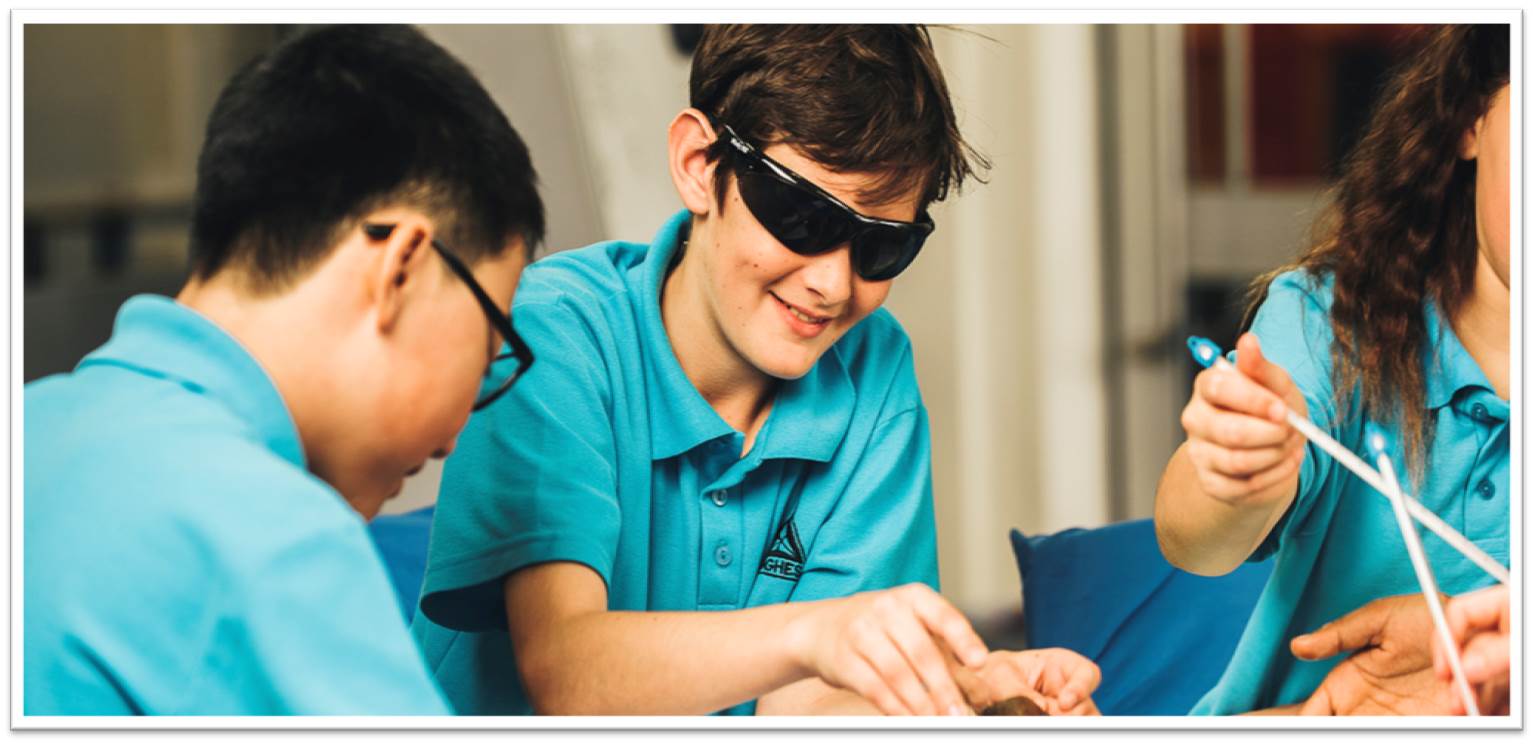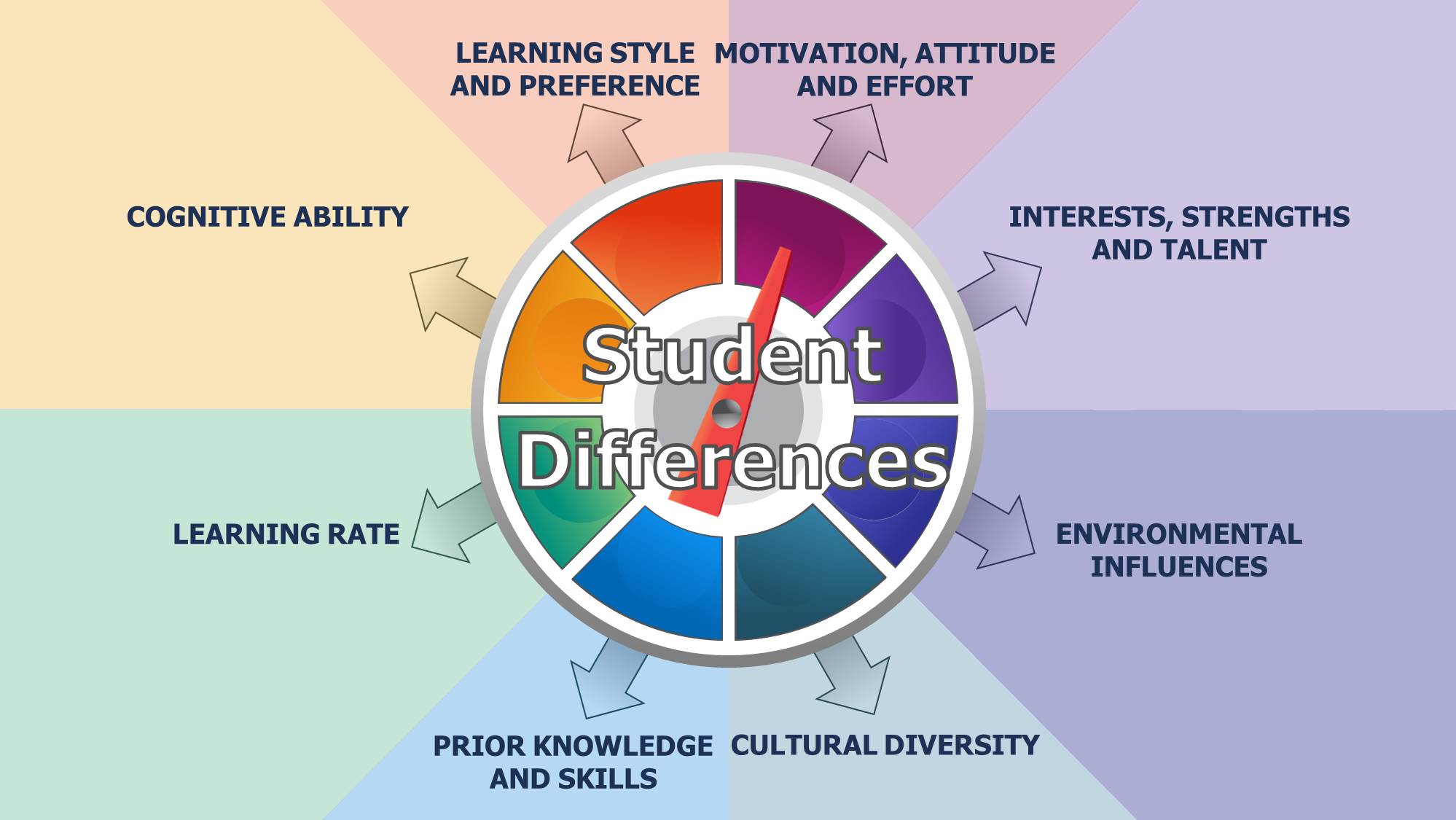
Differentiated learning for all
Look inside almost any classroom today and you’ll see a mirror of our country: you’ll find students from multiple cultures, some of whom are trying to bridge the languages and behaviours of two worlds; students with very advanced learning skills sitting next to students who may struggle with one or more school subjects; and children with vast amounts of background experience sharing space with peers whose experiences are much more limited.
When curriculum is differentiated, the level of expectation is altered in respect of content, process, product and learning environment - based on an assessment of student readiness, interest and learning profile - in an effort to meet the learning needs of all students within the class.
It encompasses a blend of whole-class, group and individual instruction and challenges teachers to draw on their best knowledge of the teaching and learning process to provide appropriate challenge to learners at their differing levels of development. So, a planned differentiated curriculum will address a range of learner needs rather than a single approach; it will have qualitative adjustments in structure, depth and complexity, for example, and will be student centred to cater for student differences.

